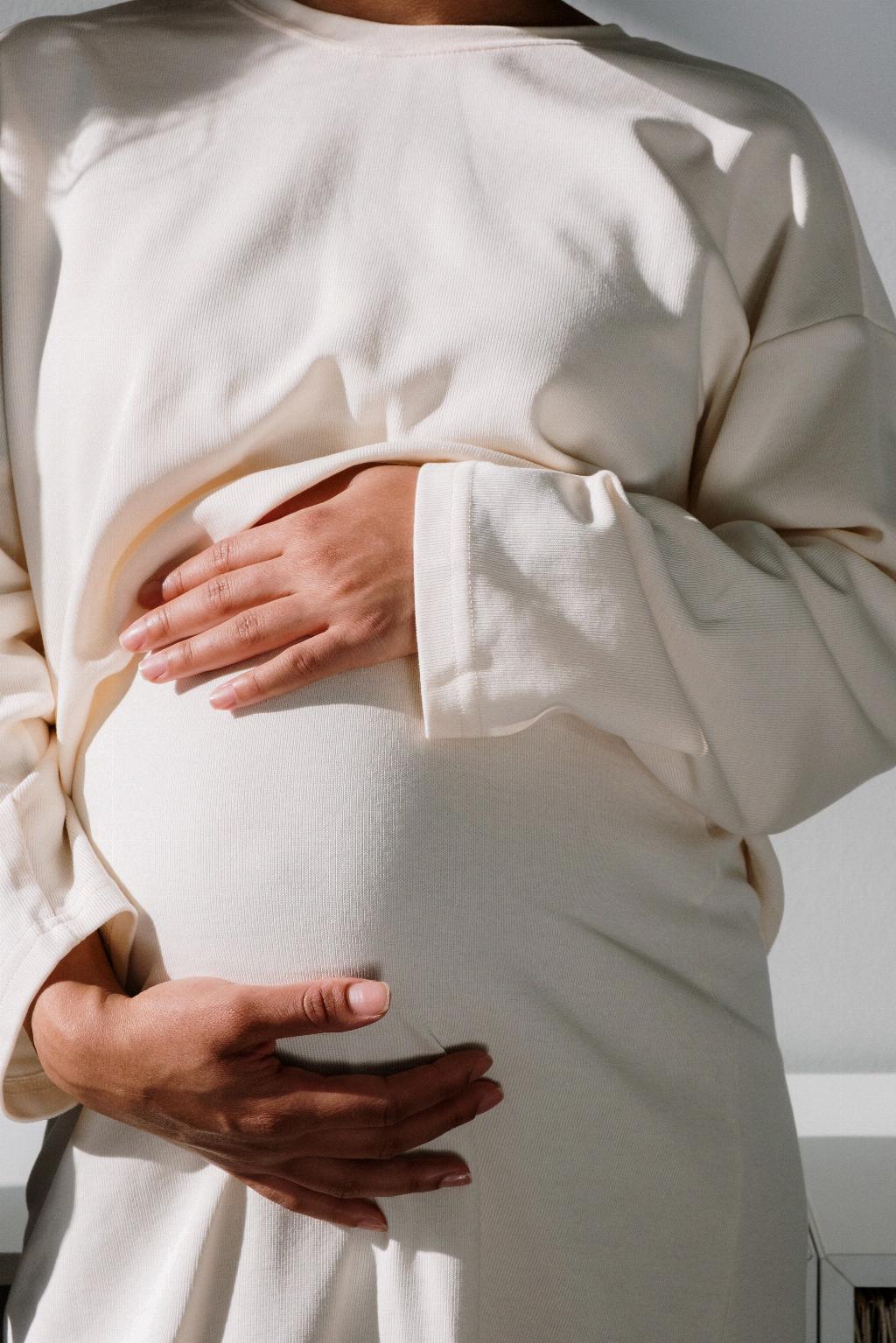As you navigate the journey of pregnancy, you may come across the idea of perineal massage as a way to potentially reduce the risk of tearing during childbirth. It involves gently stretching and massaging the perineum, the area between the vaginal opening and the anus, to make it more flexible and prepared for childbirth.
Benefits of Perineal Massage
Research suggests that regular perineal massage in the weeks leading up to childbirth may help increase the elasticity of the perineum, potentially reducing the likelihood of severe tears or the need for an episiotomy during delivery. It can also help you become more aware of your body and sensations in that area, which can be beneficial during labor.
Partner Involvement in Perineal Massage
While you may initially choose to perform the perineal massage yourself, involving your partner in the process can be a way to enhance intimacy, communication, and shared preparation for childbirth. As you approach your due date, you might consider asking your partner to assist with the massage, following the same technique that you have been using.
Communication and Consent
It is crucial to communicate openly with your partner about the perineal massage, ensuring that both of you are comfortable with the idea. Discussing expectations, boundaries, and preferences can help create a supportive and respectful environment for this intimate practice. Consent from both partners is essential.
Building Trust and Connection
Engaging in the perineal massage together can be a way to strengthen the bond between you and your partner. It allows for shared participation in the preparation for childbirth and fosters a sense of teamwork and support as you both navigate the changes and challenges of pregnancy and impending childbirth.
Practical Considerations
When incorporating your partner into the perineal massage routine, consider factors such as comfort, communication, and relaxation. Find a quiet and comfortable space, use a suitable massage oil or lubricant, and approach the practice with patience, gentleness, and mutual understanding.
Benefits of Shared Preparation
Engaging your partner in the perineal massage can go beyond physical benefits. It can serve as a way to deepen emotional connection, build trust, and nurture a sense of togetherness during this significant phase of your relationship and journey toward parenthood.
Mutual Support and Empowerment
By involving your partner in the perineal massage, you invite them to actively participate in your pregnancy experience and childbirth preparation. This shared involvement can create a sense of empowerment, partnership, and mutual understanding as you both embrace the challenges and joys of parenthood.
Embracing Vulnerability and Trust
Practicing the perineal massage with your partner requires vulnerability and trust. It involves opening up about your fears, hopes, and physical sensations, allowing for a shared experience of intimacy and support that can contribute to a deeper connection and stronger relationship bond.
Supporting Each Other’s Role
As you and your partner engage in the perineal massage, acknowledge and appreciate each other’s roles and contributions. Recognize the shared responsibility in preparing for childbirth and the mutual support that you provide to each other as you navigate the transformative journey of pregnancy and parenthood.
Final Thoughts on Partner Involvement
Ultimately, the decision of whether your husband gives the perineal massage when pregnant is a personal one that depends on your comfort level, communication, and shared preferences. By engaging in open dialogue, mutual respect, and supportive partnership, you can explore the option of involving your partner in this intimate practice as a way to enhance your pregnancy experience and strengthen your bond as a couple.

